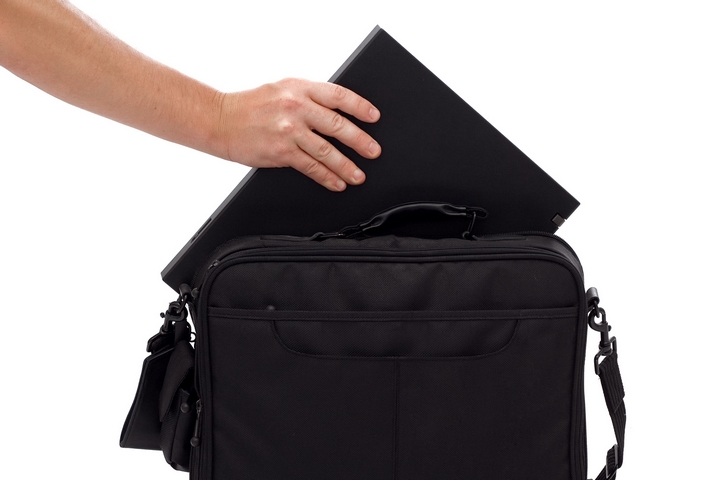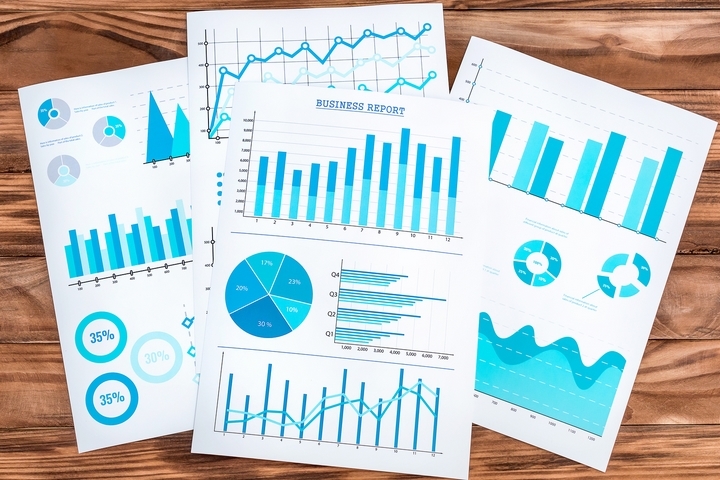
A large sum of money can provide an investment portfolio with a real jolt. Whether this is your first time investing or adding to the savings you’ve already accumulated, $10K is a lot of money and can produce a significant return if used correctly. While risk is always involved, if you start investing today with $10,000, you can use low-risk investments to grow steadily through retirement.
Here is how you can turn a $10K investment into more.
5. Invest In Mortgages

Investing in mortgages does not mean buying real estate and self-managing it. That can have troubles and expenses that are not worth going down. You also can’t buy anything in real estate with $10K. However, you can take $10K and invest it in mortgages. You do this by becoming a mortgage lender, pooling your money into a fund with other private investors.
Investing in mortgages is a secure way to retain one’s investment, and the returns are higher than other investment options. Plus, many offer dividends spread out over a quarterly or annual schedule. Invest in mortgages right, and, with a little luck, you can grow your $10K faster this way than you can with stocks, index funds, and ETFs. There is also no active management. You put your money in, and that’s it.
2. Invest in a Savings Account

If you want to play it safe and keep it excessively simple, high-yield and tax-free savings accounts may be a great way to start saving to buy a home, buy a new car, or make a similarly large purchase.
The benefit of keeping it simple with a savings account is that you can always withdraw the funds more or less. You won’t have to worry about a loss or whether it’s the right time, such as if you were to sell a stock or be tied up with a similar investment product.
The downside for savings accounts is that their interest rates are limited. You can find better growth elsewhere if you’re smart.
2. Invest In Your Retirement

If you want to hang on to the $10K for retirement, you may desire to put it in a Registered Retirement Savings Plan. This is a government-sponsored savings account that will help in several ways. You can deduct contributions into your RRSP from your taxable income, bringing down your tax bill.
You can use an RRSP to invest, and what you earn is tax-deferred when you withdraw the money in retirement. Through your RRSP, you can use it to invest in individual stocks, mutual funds, index funds, bonds, and GICs, or you can just use it as a retirement account. Just be careful, as there are contribution limits; if you over-contribute, there are penalties.
As a bonus, you can withdraw from your RRSP whenever you like. You do not need to wait for your retirement in case of an emergency or a reason to remove your investment. Do remind yourself, though, that anything you withdraw will be taxed.
3. Invest in Individual Stocks

If you want to create homework for yourself, start investing in individual companies’ stocks. You can use a financial advisor to invest your money for you or self-direct your investments, which should require extensive research to ensure you’re constantly informed on how likely your money will grow.
Remember to diversify your investments to mitigate risk if you invest in individual stocks. This means not investing your lump sum into a single company. Instead, structure your portfolio with $1,000 investments in ten companies, $500 investments in 20 companies, or something similar.
This successfully spreads out risk. If one stock fails, your sum will hopefully grow with the other picks you’ve made.
4. Invest in Index Funds and ETFs

If all of the research into investing in stocks does not appeal to you, another way to use the stock market to grow your $10K sum is by investing in index funds and exchange-traded funds, or ETFs. These ‘funds’ are a collection of commodities, stocks, bonds, and assets assembled by the fund manager. This spreads out risk while diversifying your investment.
Using index funds and ETFs, you don’t need to actively manage anything. It’s all more or less done for you. While there is a risk that any mutual fund like this can lose money, it is considered less risky than buying stocks individually.
The long-term growth of index funds and ETFs is steady and favourable. However, they aren’t going to help you generate income and returns for yourself quickly.












